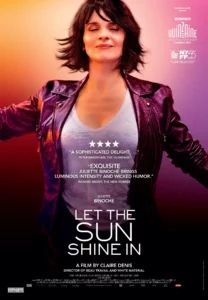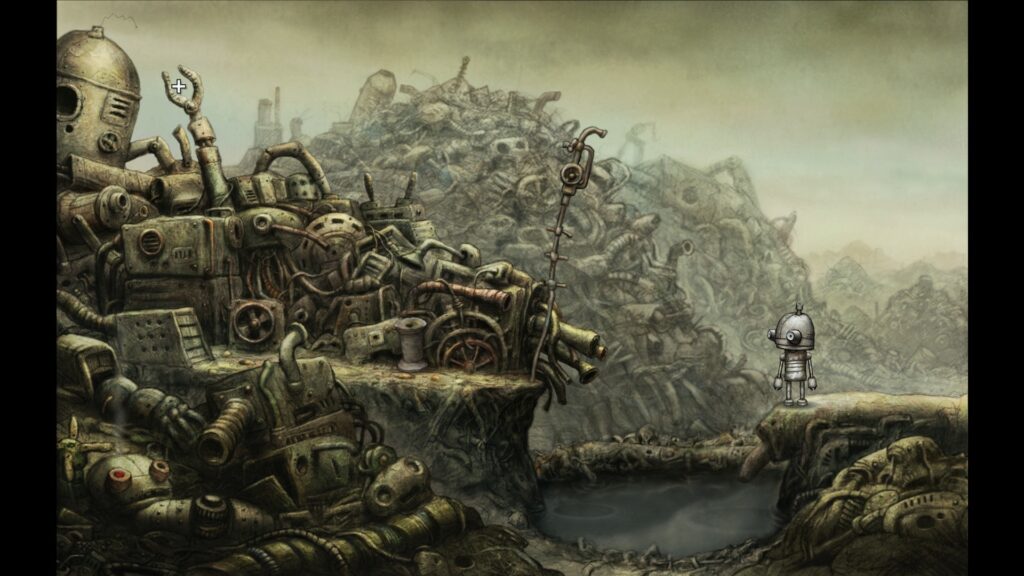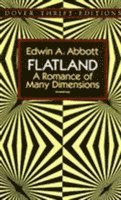Isabelle är en frånskild konstnär. Hon dejtar runt bland en massa män men hittar inte den rätta. Framför allt pratar hon. Hon babblar med karlarna och vännerna, diskuterar vad de har pratat om, ställer det de just diskuterat i relation till tidigare samtal, analyserar vad de just har sagt och vad de kan komma att älta vidare kring. Däremellan träffar hon kanske någon ny, ligger lite, gråter och pratar en hel del.
Claire Denis har med Let the sunshine in lyft den inneboende pratigheten i franska relationsdramer till en ny nivå. På det viset har hon skapat en film som jag inte på något sätt känner att jag bryr mig i. För mig känns det bara tråkigt. Pratet känns dessutom ganska tomt på verkligt innehåll utan går bara runt, runt och runt. Förmodligen är det den effekten som filmen är tänkt att ge, en slags anspelning på tomheten i tillvaron hos en etablerad konstnär som söker något hon inte verkar kunna få. Men jag bryr mig inte alls. Den här filmen är verkligen inte för mig.
Filmen sågs genom Kiruna filmstudio.





